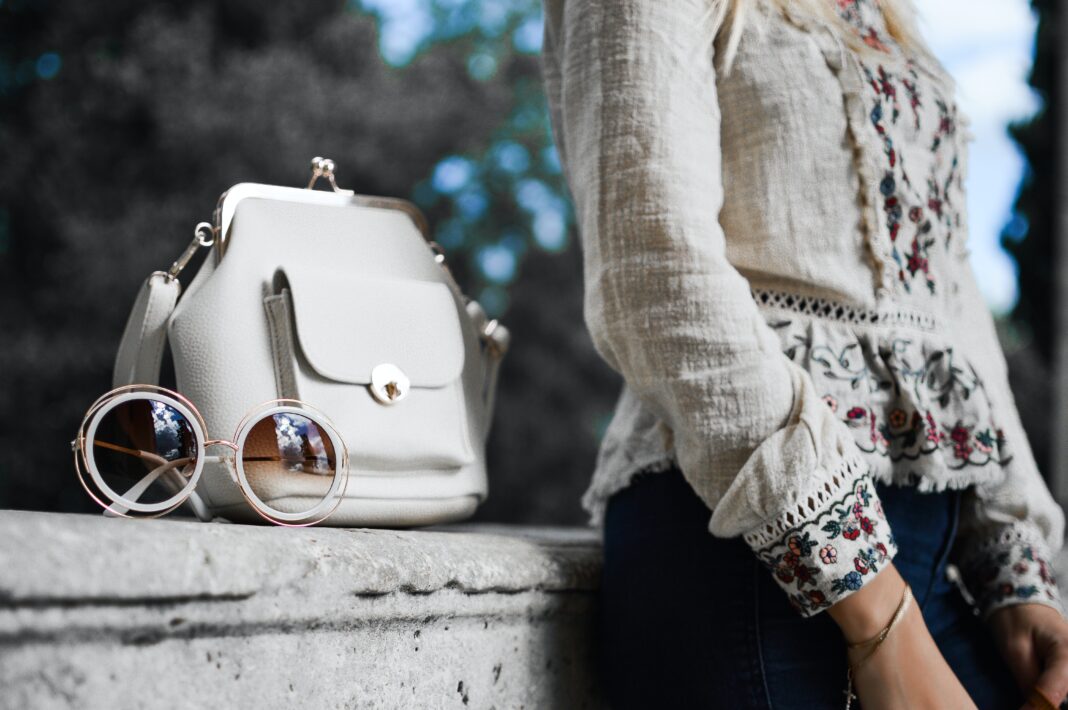The trend of wearing fashionable cloth is in the air for a long time now. We can see the advantages of wearing fashionable clothes amongst people of all age groups. They are putting efforts to look fashionable every other day. Thousands of bucks are spent by the new and young generation in improving their fashion sense and wearing new clothes. That is why the fashion supply chain is also getting affected with the demand. The rising demand of fashion is good but at the same time we should understand the impact of it on the fashion supply and business related to the same. So if you are having a fashion supply chain idea then only you can embark upon a business related to fashion clothes as it is going to guide you in best way for longer run. Learning the specifics of the fashion supply makes you sound in business.
The apparel supply chain is a major factor in its footprint in the minds of consumers. Have you ever wondered what exactly a clothing supply chain is? Where does the term come from? The fashion supply chain generally consists of many different people at every stage of production. Therefore, companies need to find out which clothing parts are getting inside. However, numerous reports claim that the footwear and textile industries employ more than 60 million people worldwide. The term “chain” in the fashion supply chain connects the raw resource base with the manufacturing facilities where raw materials are prepared to become finished goods. The allocation process is considered to be a key component of the linkage.
The role of the consumer in the fashion supply chain
The apparel supply chain system is full of technical hiccups. The nature of the consumer is expected to require changes in processes. Reviewing current practices and the supply chain can be daunting for the entire company.
Post-transportation of the product
We all know that fabrics are made in production plants before they go to wholesalers in large quantities and then to customers. Due to the huge amount of pollutants from transport, widespread air pollution is visible worldwide. After seeing all the repercussions of transportation, companies need to discuss and consider alternative solutions to this problem. In most cases, textiles harm the environment because of cleaning procedures, not the process of creating and developing textiles. It’s very depressing to admit it, but the recycling rate of fabrics is quite low, even though textiles are 100% recyclable. Many experts also confirm that clothes are among Australia’s most discarded and growing household waste.
Conclusion
This article presents all our information about the fashion supply chain and what it means in our current world. Fashion-related design is said to add power to wardrobe items. So the design part is the most important element when discussing the fashion supply chain. Customers prefer clothes that are fitted and fashionable. However, fashion is a major factor in keeping customers engaged and converting them into loyal customers.

















